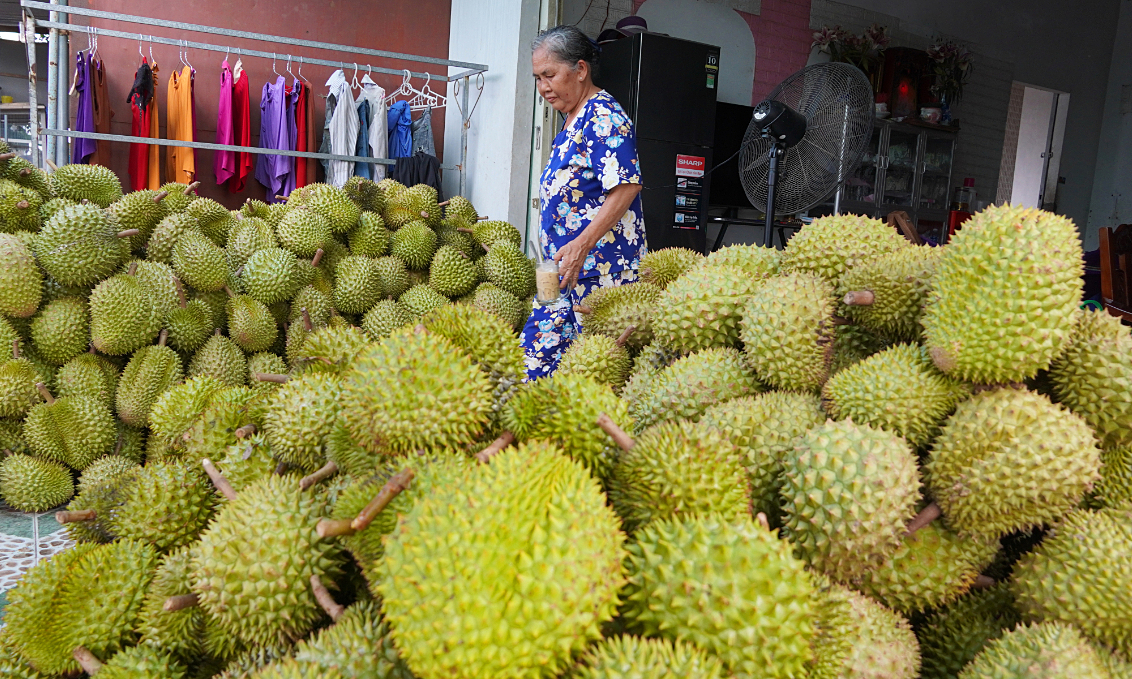Vietnam’s Frozen Durian Exports See Significant Growth
Vietnam has experienced a remarkable surge in frozen durian exports, with the volume tripling to over 14,280 tonnes during the first half of 2025 compared to the same period in the previous year. This growth was highlighted by the Plant Protection and Production Department under the Ministry of Agriculture and Environment.
At a recent press briefing, Do Hong Khanh, Chief of the department’s Office, revealed that nearly 130,000 tonnes of fresh durian were also exported during this time, spread across 5,217 shipments. The increase in frozen durian exports can be attributed to several factors, including favorable market-opening policies and the export protocol signed with China in August 2024. These initiatives, along with the ministry’s guidance and local authorities’ efforts in deep processing and market diversification, have enabled businesses to reduce their reliance on fresh durian exports and explore new opportunities.
Market Expansion and Policy Support
The expansion of the durian market is further supported by China’s recent approval of nearly 1,000 additional planting areas and packing facility codes. Positive signals from other importing markets are also expected to boost fresh durian exports starting from the third quarter of 2025, especially during the main harvest season between August and October.
However, Do Hong Khanh emphasized that the pace of recovery depends largely on businesses and farmers maintaining compliance with food safety regulations. Any violations could pose significant risks to the sector’s export prospects.
Frozen Durian: A Growing Export Opportunity
Frozen durian, known for its longer storability and stable quality, continues to show strong export potential. Many enterprises have started investing in modern processing lines and cold storage systems to meet the standards required by key markets such as China, the Republic of Korea, Japan, and the EU.
The department noted that in early 2025, durian exports faced stricter import controls, prompting the ministry to coordinate measures with localities and businesses to restore growth. To support trade, the department invited Chinese customs officials for on-site inspections in July and expanded lab capacity for cadmium and Auramine O testing, with 38 facilities approved.
Regulatory Measures and Digital Transformation
The ministry is finalizing draft regulations on planting area codes and quality control for durian packing facilities, both currently under stakeholder consultation. These regulations aim to enhance transparency and ensure compliance with international standards.
To improve traceability and oversight, the department has fully digitized the national database of durian planting areas and packing facility codes. As of June 2025, a total of 1,396 planting areas and 188 packing facilities have been certified for export to China.
Future Outlook
With continued investment in infrastructure, adherence to quality standards, and supportive policies, Vietnam’s durian sector is well-positioned to capitalize on growing global demand. The focus on frozen durian and enhanced regulatory frameworks will play a crucial role in sustaining this momentum and securing long-term export success.







